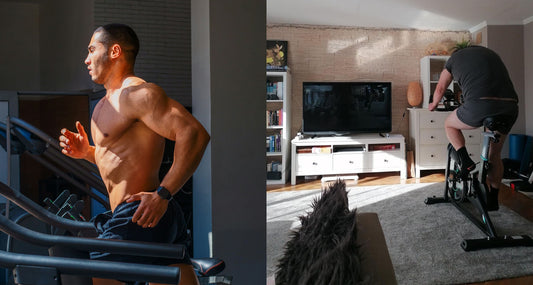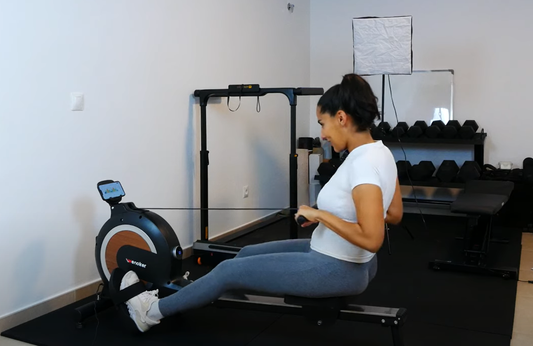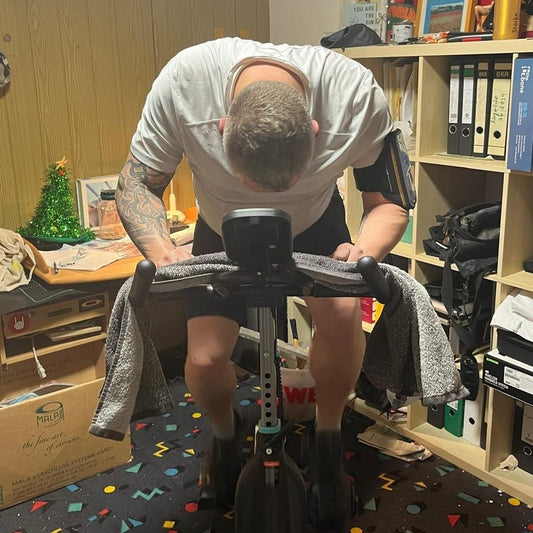Have you ever stared into the mirror, envisioning a more defined, muscular physique? You’re not alone. For many, the path to achieving that sculpted look revolves around a critical phase known as "cutting." But what does it truly mean to cut effectively? As Coach Mark, a Wenoker fitness specialist with over a decade of experience, I can confirm that successful cutting isn't about starvation; it's a strategic mission to shed body fat while meticulously preserving your hard-earned muscle. This beginner's guide to cutting will provide the science-backed blueprint you need.
What Is Cutting? Beyond Simple Weight Loss
Understanding the distinction is your first step. While weight loss refers to any decrease in total body weight (from fat, muscle, or water), cutting is a targeted approach. The primary goal of cutting is to reduce your body fat percentage, thereby enhancing muscle visibility and achieving a more defined physique.
This process typically unfolds in phases:
- The Early Phase: Initial rapid weight loss, largely from water weight and glycogen depletion.
- The Fat Loss Phase: A slower, steadier period where your body taps into fat stores for energy.
- The Plateau: A common stage where progress stalls, requiring strategic adjustments to your diet and training.

Why Start a Cut? The Dual Rewards of Aesthetics and Health
Pursuing a leaner physique isn't just about looks; it's a powerful investment in your long-term well-being. According to the American Journal of Clinical Nutrition, maintaining a healthy body fat percentage (e.g., 21%–32% for women aged 20-39) is crucial for metabolic function. The benefits of effective cutting include:
- Enhanced Muscle Definition: Revealing the muscle tone you've built underneath.
- Improved Cardiovascular Health: Reducing strain on your heart and circulatory system.
- Better Insulin Sensitivity: Helping regulate blood sugar and reduce the risk of type 2 diabetes.
- Increased Daily Energy: A leaner body composition often translates to higher energy levels and improved mental clarity.
Your Action Plan: How to Cut Body Fat Effectively
A successful cut rests on three pillars: intelligent nutrition, strategic training, and dedicated recovery.
1. The Cutting Diet: Fueling the Machine
The cornerstone is a moderate calorie deficit of 10-20%. Drastically slashing calories can backfire, leading to muscle loss and a slowed metabolism.
- Macronutrient Balance: Aim for a ratio of 40% protein, 30% carbohydrates, and 30% healthy fats. Protein is paramount for muscle preservation.
- Whole Foods Focus: Build your meals around lean proteins, complex carbs, and vegetables.
- Sample Cutting Meal Plan:
Breakfast: Scrambled eggs with spinach and a side of avocado.
Lunch: Grilled chicken breast with quinoa and roasted vegetables.
Dinner: Baked salmon with a sweet potato and steamed broccoli.
Pro Tip: Using Wenoker's portion-control containers can simplify meal prep and ensure you stay on track.
2. The Cutting Workout Plan: Burn Fat, Not Muscle
A common mistake is ditching weights for endless cardio. The true key to how to lose fat and preserve muscle is a blend of strength training and strategic cardio.
Strength Training Essentials:
- Compound Lifts: Exercises like Deadlifts (4 sets of 6-10 reps) and Leg Press (4 sets of 8-12 reps) engage multiple muscle groups, boosting calorie burn and maintaining strength.
- Unilateral Work: Lunges (4 sets of 10-12 reps per leg) address muscle imbalances and enhance stability.
Strategic Cardio: Incorporate 2-3 sessions of HIIT per week. "A 20-minute interval session on the Wenoker Treadmill, alternating between sprints and recovery walks, is incredibly efficient for torching fat," advises Coach Mark.
3. Recovery: The Secret Weapon
Muscles grow and repair at rest, not in the gym. Overtraining can sabotage your results.
- Prioritize 7-9 hours of quality sleep nightly.
- Include 1-2 full rest or active recovery days (like light walking or stretching) in your weekly schedule.

Common Cutting Mistakes Every Beginner Should Avoid
Steer clear of these pitfalls to ensure your efforts yield the right results:
- 1.Eating Too Little: Severe calorie restriction triggers "starvation mode," making it harder to lose fat and easier to lose muscle.
- 2.Neglecting Protein: Inadequate protein intake undermines your body's ability to maintain muscle mass in a deficit.
- 3.Over-Relying on Cardio: While important, cardio should complement, not replace, a solid strength training regimen.
- 4.Skipping Rest Days: Consistent, intense training without recovery leads to burnout, fatigue, and increased injury risk.
Conclusion: Your Journey to a Leaner, Stronger You
Cutting is a disciplined yet deeply rewarding process. By embracing a balanced approach to nutrition, committing to a smart cutting workout plan, and honoring your body's need for recovery, you will transform your physique. Remember, consistency is your greatest asset. Trust the process, leverage proven tools like the Wenoker Treadmill for your cardio, and follow the expert guidance from the Wenoker team.
Ready to start your transformation? Explore more expert-guided fitness content on our blog and discover how Wenoker equipment can support your goals.









